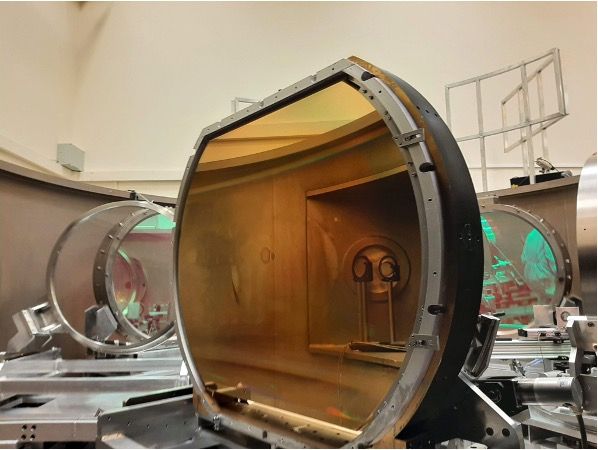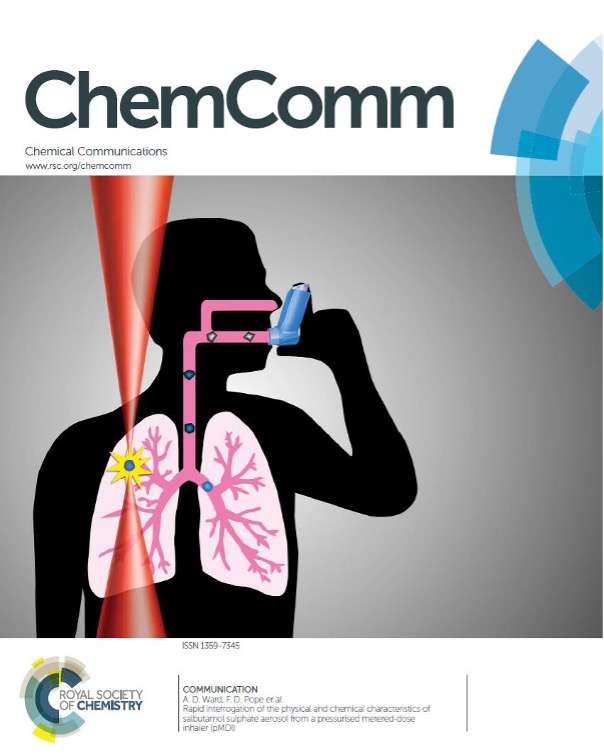This year's Nobel Prize in Physics awarded with one half to Arthur Ashkin “for the optical tweezers and their application to biological systems" and the other half jointly to Gérard Mourou and Donna Strickland, the third woman ever to win the prize, “for their method of generating high-intensity, ultra-short optical pulses".
Professor John Collier, director of the Central Laser Facility (CLF) says
"We are delighted to hear that a Nobel Prize has been awarded for the invention of Chirped Pulse Amplification (CPA) and optical tweezers - research that has fundamentally shaped how our lasers here at the Central Laser Facility operate. The very fact that the CLF is here today owes a very great deal to Donna and Gerard's invention of CPA, as its invention was coincident with a report in the late 1980's that recommended the closure of Vulcan. Like other similar facilities around the world Vulcan had hit a limit, and CPA dramatically changed that - Vulcan rapidly went on to become the world's premier facility for the new relativistic plasma physics that CPA enabled"
Strickland and Mourou's technique of Chirped Pulse Amplification enables laser light to reach intensities that previously would have destroyed the amplifying material. CPA begins with a short pulse of light from a laser. This pulse passes through a pair of diffraction gratings and as it does so, the pulse is stretched in time to the effect of reducing the peak power (more information on stretching can be found here). Following this, it is amplified in a material. The pulse is then compressed in time, back to its original duration yielding a pulse with a very high peak power.
Why is it important to reduce the peak power and then amplify the beam?
If the energy density of the laser were increased without first reducing the peak power, then the pulse would be within the damage threshold of the amplifying material and risk breaking components in the chain.
Dr Emma Springate, group leader for the Artemis laser at the CLF, reflects on her experience of Strickland early in her career.
“I vividly remember reading Donna Strickland and Gerard Mourou's paper “Compression of Amplified Chirped Optical Pulses" during my first year as a PhD student. The journal was unusual at the time in listing author's full names, so it was the first time I realised that this hugely significant laser had been built by a woman - also while she was a PhD student - it made a big impression on me. I met Donna Strickland for the first time only a few years ago. She is very down-to-earth, and I hope she realises what a huge impact she has had on me and many other women in the field."
CPA is a core technique of the CLF. All the lasers at the facility use it in some capacity, for instance Vulcan is one of the high power lasers (HPL) which can deliver a beam of up to one petawatt of power available only because of CPA. Optical Parametric CPA, an extension of the CPA technique, permits HPL to break the current 1 PW ceiling limit. The Optical Parametric CPA scheme seeks to reach higher peak powers of up to 20 PW, raising the question of why such high powers are necessary and useful.
On the topic of high power lasers, plasma physicist of the CLF Dr Ceri Brenner had this to say
“Our high power lasers are being applied for a new generation of accelerator technology. These micro-sized, super-charged particle thrusters are innovating inspection in nuclear, healthcare, and aerospace. We can see through steel and concrete, take high resolution images of soft biological tissues, or conduct through-barrier security inspection with these laser accelerators."

One of Vulcan's gold gratings which enables CPA
In the petawatt regime, researchers are able to unlock the ability to conduct lab-based astrophysics experiments, high energy density physics and ion and electron acceleration and plasma physics. For example in this Nature Communications publication, Vulcan was used to create unique conditions close to that found at the centre of Brown Dwarfs – objects which occupy the mass range between the heaviest gas giants and lightest stars.
Moving to the opposite scale, the Gemini Laser at the CLF investigated the heating effects of relativistic electrons trapped inside aluminium foils. Using the dual beam capacity that Gemini offers thanks to CPA, the researchers were able to probe ultra-intense laser interactions and reveal how electrons continue to deposit energy as they recirculate inside targets on a time scale much longer than the pulse duration.
The half awarded to Ashkin for optical tweezers also plays an integral part in research completed at the CLF. The technique works by lasers having the ability to move small particles and the property that once these particles are in the beam, they are pushed towards the centre. Using lenses, it is possible to suspend these particles between beams of light.
“Optical Tweezers allow us to use lasers to manipulate very small objects such as beads of glass or oil droplets so that we can position them precisely or control the environment around them."
- Dr Ian Musgrave, Vulcan Laser Group Leader
OCTOPUS, unlike Vulcan or Gemini, is an imaging cluster that uses lasers for life sciences; one technique employed by the facility is the use of optical tweezers. A cover article for ChemComm saw OCTOPUS used to trap individual solid particles of the drug salbutamol sulphate to test how they behave in conditions that simulate those of the human respiratory system. The research could lead to more efficient inhalers to deliver drugs for respiratory problems and inform pharmaceutical companies interested in improving aspects of the drug to be more efficient and reducing negative side effects.

A front cover of ChemComm showing work by the CLF thanks to Optical Tweezers
Again from the Central Laser Facility, we would like to congratulate this year's Nobel laureates for their outstanding work in laser physics, opening doors to new frontiers in science.
